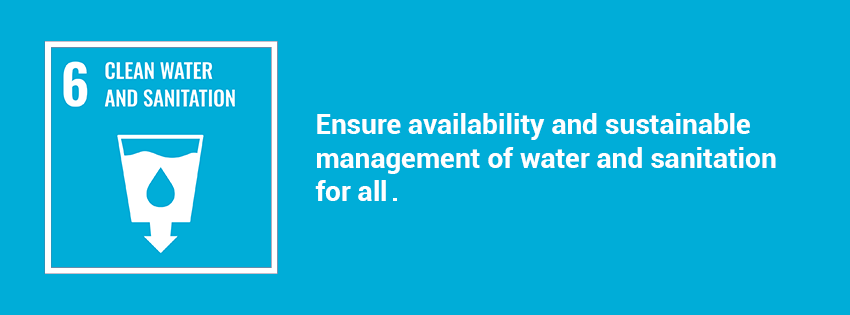
Clean Water and Sanitation: OSTIM Technical University’s Commitment to Sustainable Water Management
The Challenge
Despite global efforts, billions still face daily challenges in accessing basic water, sanitation, and hygiene services. Ensuring the availability and sustainable management of water and sanitation requires comprehensive policies that address both access and quality while safeguarding environmental resources.
Expanding Access to Safe Drinking Water
To ensure universal access to safe and clean drinking water, OSTIM Technical University focuses on:
- Infrastructure Development: Expanding water supply systems in underserved urban and rural areas.
- Innovative Technologies: Investing in water purification systems, desalination projects, and rainwater harvesting technologies.
- Climate Resilience: Building water systems that are resilient to climate change impacts and natural disasters, with regular maintenance and monitoring.
Wastewater Treatment and Reuse
OSTIM Technical University prioritizes the sustainable management of wastewater through:
- Advanced Treatment Systems: Implementing infrastructure for the safe treatment and reuse of wastewater, including greywater recycling and treated wastewater applications in agriculture and industry.
- Decentralized Solutions: Encouraging the adoption of decentralized wastewater treatment systems to address challenges in rural and peri-urban areas.
Fostering Community Participation and Education
Engaging communities is essential for sustainable water and sanitation systems:
- Local Involvement: Supporting community-based water user associations and participatory decision-making processes for effective water and sanitation management.
- Educational Campaigns: Raising public awareness about water conservation, hygiene practices, and the importance of clean water access through community outreach and school-based programs.
Promoting Sustainable Urban Water Management
Urban areas face unique challenges in water management. OSTIM Technical University advocates for:
- Green Infrastructure: Encouraging the use of permeable surfaces, rainwater harvesting systems, and urban green spaces to manage stormwater and enhance water sustainability.
- Efficient Practices: Supporting policies that promote water-efficient appliances, leak detection systems, and the reuse of water in urban buildings and industries.
Creating a Sustainable Future
OSTIM Technical University envisions a future where every individual has equitable access to clean water and sanitation. By integrating innovative technologies, community participation, and sustainable practices, we aim to create resilient systems that meet human needs while preserving natural resources for future generations. This approach contributes to achieving the broader Sustainable Development Goal of clean water and sanitation for all.
Water Consumption Tracking
OSTIM Technical University measures the total volume of water used in the university that is taken from the main supply.
Water Conservation Program Implementation
|
University and Location |
Average Rainfall (mm/hr) |
Water Flow Rate |
Number of Reservoirs |
Capacity of Reservoirs (liters) |
Number of Lakes |
Capacity of Lakes (liters) |
Number of Recharging Pits |
Capacity of Recharging Pits (liters) |
|
University Ostim; Campus Ostim |
389,1 mm |
~2,115,000 m3/day |
1 |
60.0000 |
0 |
0 |
0 |
0 |
Since we are planning to move into our new campus within 2 years, we have a future preparation on this issue. Our current campus is, as you may see its pictures, vertical and tall yet in our new campus we will move into a horizontal campus with each faculty having its own buildings.
There will be much greener areas, and naturally more need and use of water on green areas. For this reason, we plan to educate potential gardeners, employees and students about water usage and conservation at our new campus.
Also purchasing water-conservation friendly tools for inside and outside of campus is in the plan.
Program in preparation
We have banners warning students about water usage on toilets, chemistry laboratories etc. Similar to the answer above, we plan our major recycling water studies for our ‘to be’ campus.
Also, we have a small garden which, taken carefully by our personals who are educated about water usage, recycling and clean water.
As seen on photo new campus will have better and more practical recycling systems.
Water Efficient Appliances Usage (e.g. hand washing taps, toilet flush, etc.)
Example of Water Efficient Appliances Usage: Some examples of water conservation measures include, cistermisers (automatic control of urinal flushing), waterless urinals, low flush WC’s and low flow taps and automatic taps.
Consumption of treated water
We have treated water faucets in every floor of our campus. This is widely used by all students and university members. As photos above show, treated water is widely applied in our university. This free water option also suggests healthy water without any financial concern.